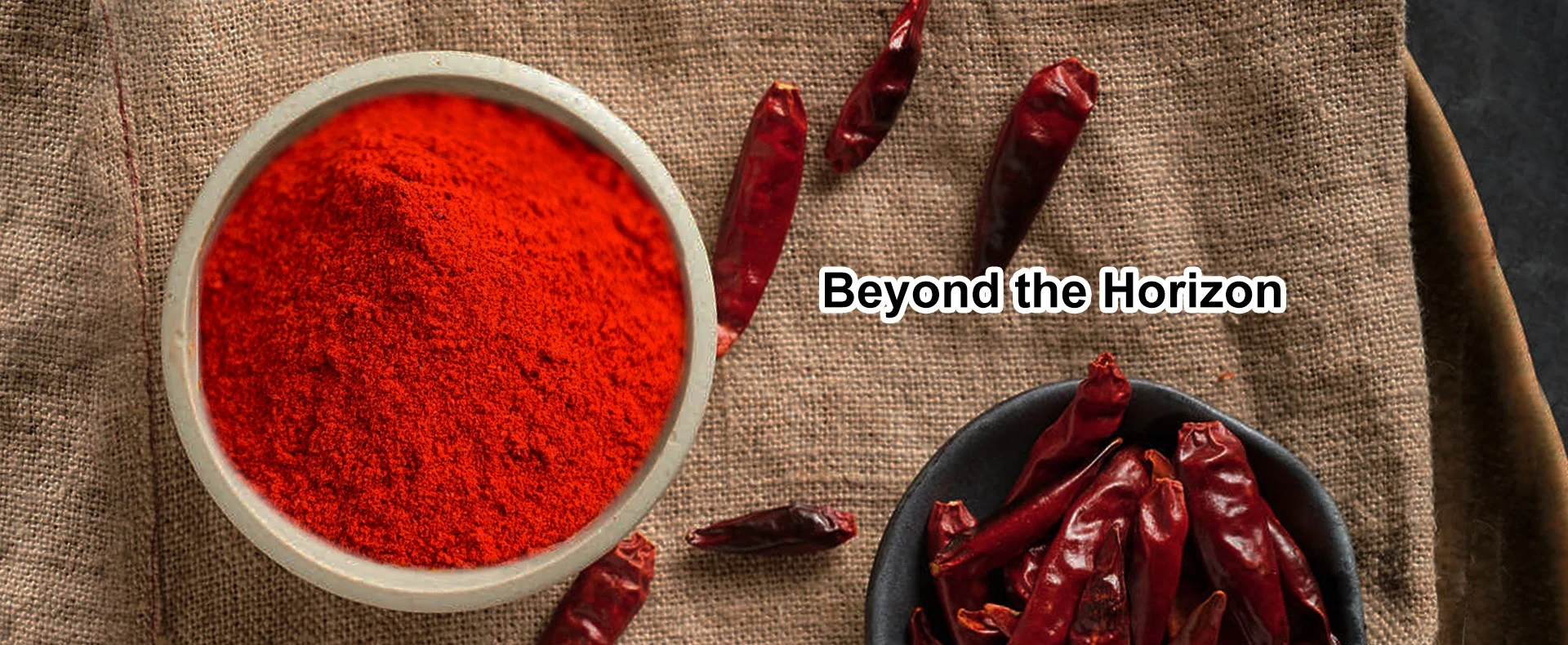- No. 268 Xianghe Street, Economic Development Zone of Xingtai city, Hebei 054001 China
- Byron@hbhongri.cn
Exploring the Culinary Uses and Benefits of Capsicum Annuum Paprika in Cooking
Exploring the World of Capsicum annuum The Versatile Paprika
Capsicum annuum, commonly known as paprika, is a vibrant and diverse species of chili pepper that garners widespread acclaim for its culinary and medicinal applications. Native to the Americas, this hardy plant species has been cultivated for centuries, and its popularity spread across the globe following the Columbian Exchange in the 15th and 16th centuries. Today, paprika is not just a condiment; it has established itself as a cornerstone of various cuisines, particularly in Hungarian, Spanish, and Mediterranean cooking.
Botanical Characteristics
Capsicum annuum belongs to the Solanaceae family, which includes tomatoes, potatoes, and eggplants. This species is characterized by its erect growth, simple leaves, and colorful fruits, which can range from yellow and green to fiery red. The paprika fruits are typically long and slender, contributing to their diverse forms, which include both sweet and hot varieties. The difference in flavor and heat levels is primarily due to variations in capsaicin content, a compound that gives chili peppers their characteristic spiciness.
Culinary Applications
Paprika is renowned for its rich flavor profile, which can range from sweet and mild to smoky and hot. This versatility allows chefs to utilize it in various forms—ground, flakes, or whole. As a staple ingredient in countless dishes, paprika enhances not only flavor but also color, giving foods an appetizing red hue.
In Hungarian cuisine, for instance, paprika is an essential ingredient in goulash, serving as the dish's foundational flavor. Hungarian paprika is often referred to as sweet due to its mild, sweet flavor and vibrant red color, distinguishing it from its Spanish counterpart, which is more varied in heat and flavor. Spanish paprika, particularly the smoked varieties, is a key ingredient in dishes like chorizo and various stews, contributing a depth of flavor that is hard to replicate.
In addition to being a flavor enhancer, paprika can also be employed as a garnish, adding a touch of color and a hint of flavor to deviled eggs, potato salads, and rice dishes. Its adaptability makes it an indispensable spice in kitchens worldwide.
Health Benefits
capsicum annuum paprika

Beyond its culinary uses, Capsicum annuum boasts several health benefits. Rich in antioxidants, particularly carotenoids, paprika supports better health by helping to combat oxidative stress in the body. It is known to be a source of vitamin A, which is crucial for maintaining healthy vision, skin, and immune function.
Some studies suggest that the capsaicin in paprika can aid in metabolism and weight management by promoting fat oxidation and reducing appetite. Additionally, the spice has anti-inflammatory properties, which may contribute to heart health and overall well-being.
Paprika is also vibrant with vitamins, specifically vitamin E and several B vitamins, supporting energy production, cognitive function, and skin health. The inclusion of this spice in meals not only elevates the taste but also enriches the nutritional profile of various dishes.
Growing Paprika
For those interested in cultivating their own Capsicum annuum, growing paprika peppers can be a rewarding experience. They thrive in warm climates and require well-draining soil and full sun to flourish. Gardeners typically start seeds indoors and transplant them outdoors after the risk of frost has passed. Regular watering and fertilization can enhance yields, and careful monitoring for pests and diseases will ensure a successful harvest.
The vibrant fruits can be harvested at different stages—green for a milder flavor and red for a sweeter, more complex taste. Once harvested, paprika peppers can be dried and ground into powder, offering a homemade touch to culinary adventures.
Conclusion
Capsicum annuum, or paprika, stands out as a remarkable spice that extends its influence far beyond the culinary realm. Its rich history, diverse flavor profile, and significant health benefits demonstrate why it remains a beloved ingredient around the world. Whether used in traditional dishes, as a vibrant garnish, or cultivated in one’s garden, paprika continues to inspire and tantalize taste buds, embodying the spirit of culinary creativity and global gastronomy. Embracing paprika in cooking not only enhances flavors but also bridges cultures, making it a truly universal ingredient.
-
Turmeric Rhizome Powder: A Golden Treasure from Roots to TableNewsJul.28,2025
-
The Versatile Application Of Crushed Red Hot Peppers: Lighting Up The Red Flames On The Dining TableNewsJul.28,2025
-
The Paprika: A Touch Of Vibrant Red In Color, Flavor, And CultureNewsJul.28,2025
-
Ground Turmeric: A Modern Examination of an Ancient SpiceNewsJul.28,2025
-
Capsicum Liquid Extract: Features, Applications, and ChallengesNewsJul.28,2025
-
Application of Capsicum Liquid Extract in FoodNewsJul.28,2025







